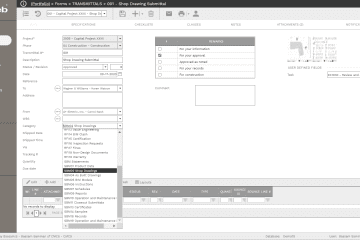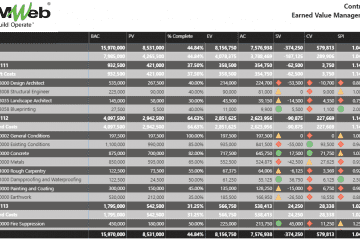There is a growing trend among international funding agencies like the Asian Infrastructure Investment Bank (AIIB), Asian Development Bank (ADB), World Bank, Islamic Development Bank (IDB), Inter-American Development Bank, Caribbean Development Bank, and the European Bank for Reconstruction and Development (EBRD) to use the FIDIC (Fédération Internationale Des Ingénieurs-Conseils) forms of contract agreements on projects that those entities provide project finance and funding. Governments who are receiving funding from those agencies to finance contracts needed for their capital construction projects need to comply with the certain requirements of those agencies. This requires those governments to implement FIDIC compliant project management and contract management processes on their funded capital construction projects. Those processes will be eventually detailed and documented in a Project Management and Contract Management procedures manual.
The FIDIC compliant Project Management and Contract Management procedures manual will include processes to manage the project and contracts during the mobilization, execution, and completion stages as well as procedures for dispute resolution. The manual will also include the sample outputs of the many forms and reports needed to manage those processes. The list of processes, forms, and reported that are included in the Guide to Project Management and Contract Management for Infrastructure Development Projects implemented by the Ministry of Finance of the Government of Sri Lanka is an example of those manuals.
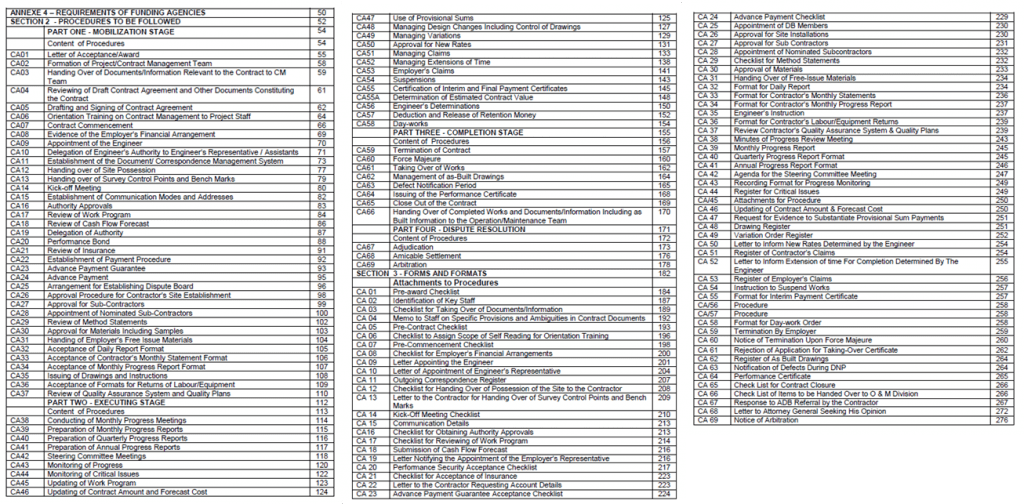
Using Project Management Information Systems (PMIS) like PMWeb, funding-recipient governments can ensure the successful implementation and adoption of those project management and contract management processes as well as provide the real-time single version of the truth monitoring, evaluation, and reporting of their projects’ performance. For each process to be managed, PMWeb will be used to create the input form to capture the needed information for the relevant process.
Those input forms could be one of PMWeb default forms or can be created using PMWeb visual form builder. Those input forms can be in English or any other Latin or non-Latin language to comply with the country’s laws and regulations. For each input form, the organization can set the needed access rights to limit access to each input form as well as limit access to specific fields within each process input form.
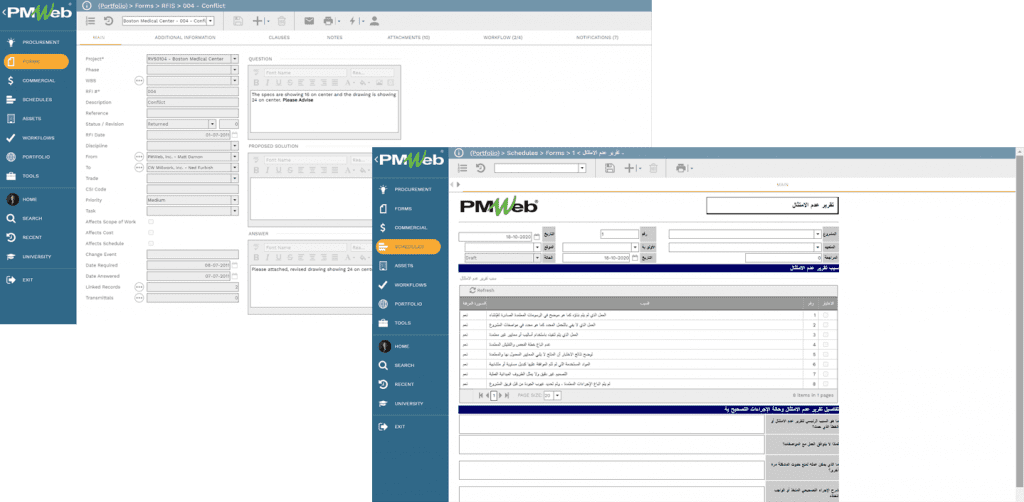
The PMWeb electronic input form will have the option to enable attaching it with all supportive documents and linking it with all relevant records and emails. Those supportive documents will be usually uploaded and stored in their relevant folder or subfolder in the PMWeb document management repository module. Each document management folder or subfolder can be assigned with the needed access permission rights to limit access to those folders and subfolders to only authorized project team members.

To ensure that each process is implemented as intended, a workflow will be assigned to each input form. The workflow will identify the sequence of tasks that are needed to submit, review, and approve the process. Those tasks will be assigned to their responsible project team members in accordance with the project’s responsibility assignment matrix (RAM) as well as the set authority approval levels. Those approval levels could be associated with contract management processes the limits that authority for approving financial transactions to specific values limit.

Having workflows assigned to each project management and contract management process will enable the project stakeholders to identify all delayed review and approval actions and the individuals responsible for those actions. A report can be created to report on all due workflow actions. The report can be configured to highlight delay workflow actions in “Red” and those that are almost due in “Cayan”. The workflow actions can be also grouped and presented in a visual format to summarize due actions by project management or contract management process type of by the project team member responsible for the due actions.
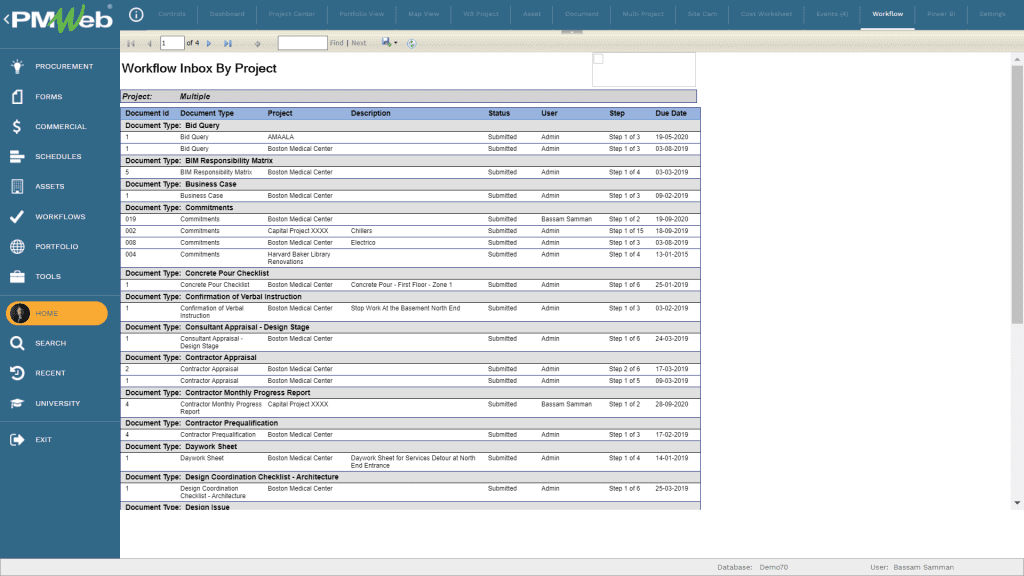
For each process, the output form that will be used to formally communicate those processes can be created in any desired format to comply with the organization’s branding and layout requirements. Those output forms will be usually printed, wet-signed and stamped. In addition, there is the option to have the output form in an electronic file format, for example PDF file format, where it can be digitally signed by DocuSign for which PMWeb has an integration with.

In addition, tabular and visual reports will be created to provide a register of transactions for each project management and contract management process. Some of those reports could be designed to combine information from different interrelated processes. For example, the contract register report will be designed to display the information from the awarded contract, potential change orders, change orders, interim progress invoices, and actual payments made against approved interim progress invoices processes. Those tabular and visual reports can be created in any desired format to comply with the organization’s branding and layout requirements. Those reports can be printed or shared electronically.

The information captured in the FIDIC Compliant project management and contract management processes for the complete projects’ portfolio that the organization has can provide a great wealth of knowledge that, when analyzed and assessed, can provide occurrence trends that can help to identify if a process has a correlation with other processes. For example, the analysis of the Request for Information (RFI) process could help to identify if RFIs are becoming one of the reasons for issuing change orders and claim notices by the contractors. In addition, it will help in identifying the reasons why RFIs are occurring on the organization’s projects.
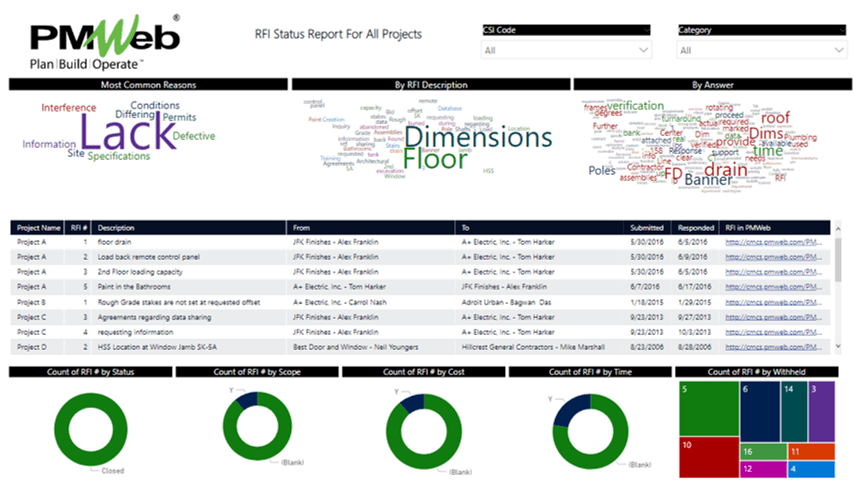
In addition, the information captured in FIDIC Compliant project management and contract management processes will become the basis to have a real-time single version of the truth dashboard to monitor, evaluate and report the performance of each capital construction project that the organization is delivering. Those dashboards which can be accessed from anywhere, anytime using any device will provide project stakeholders with better and faster insight on each project’s performance and issues that could impact the project’s performance.
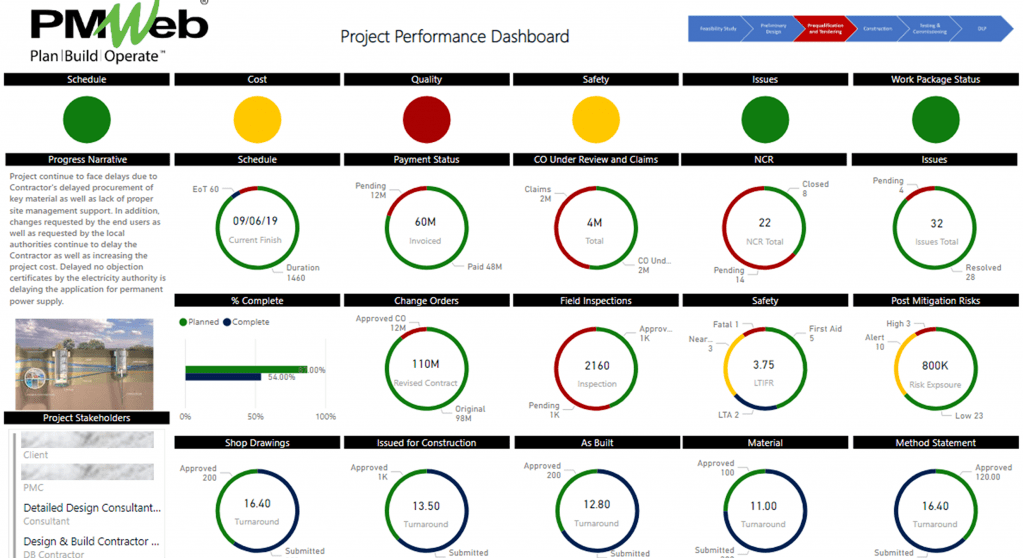
Since the PMWeb platform will be used to manage the complete program and projects portfolio that the organization has, an enterprise projects dashboard will be created to provide the organization’s executives and other executive projects’ stakeholders with a summary performance status of the capital construction projects being executed. The dashboard could include a map to detail the location of projects being managed. The reader of the enterprise dashboard can drill down to each selected project dashboard which in turn will allow drilling down to the different processes’ tables and even to each specific transaction included in the report.

